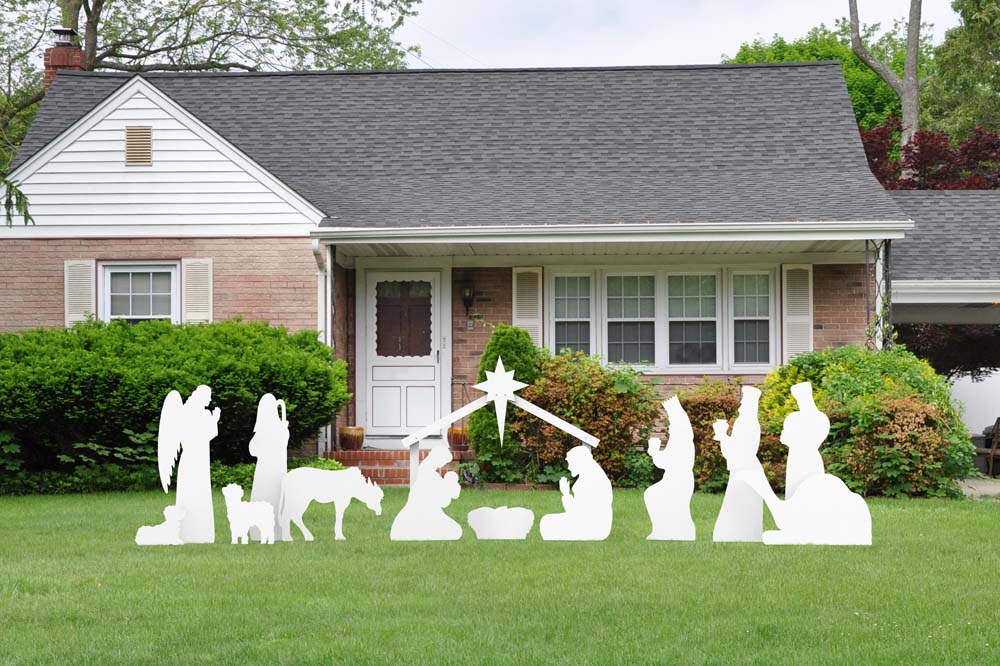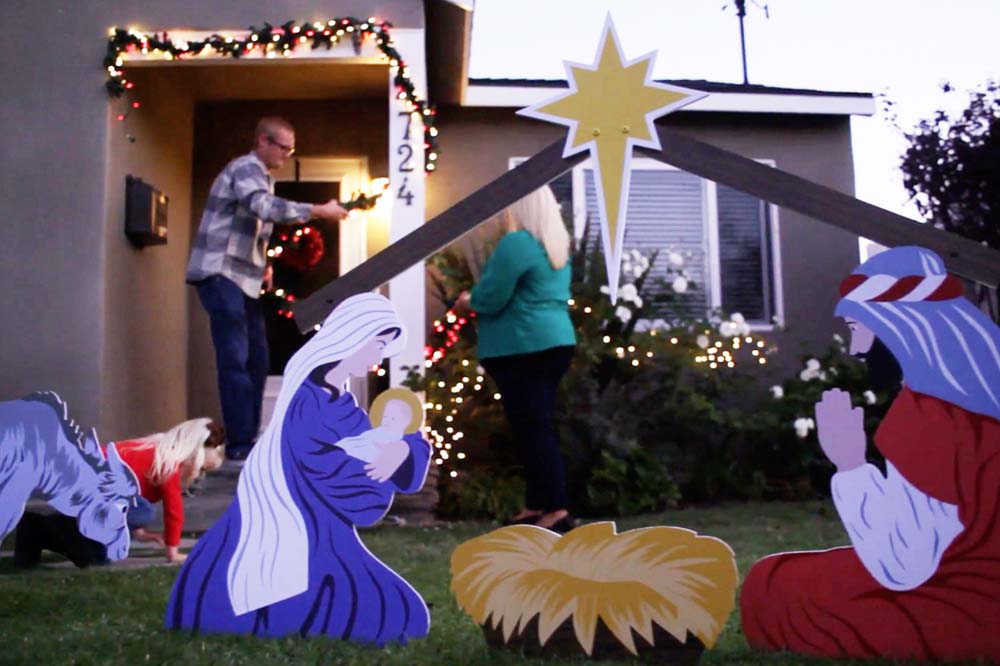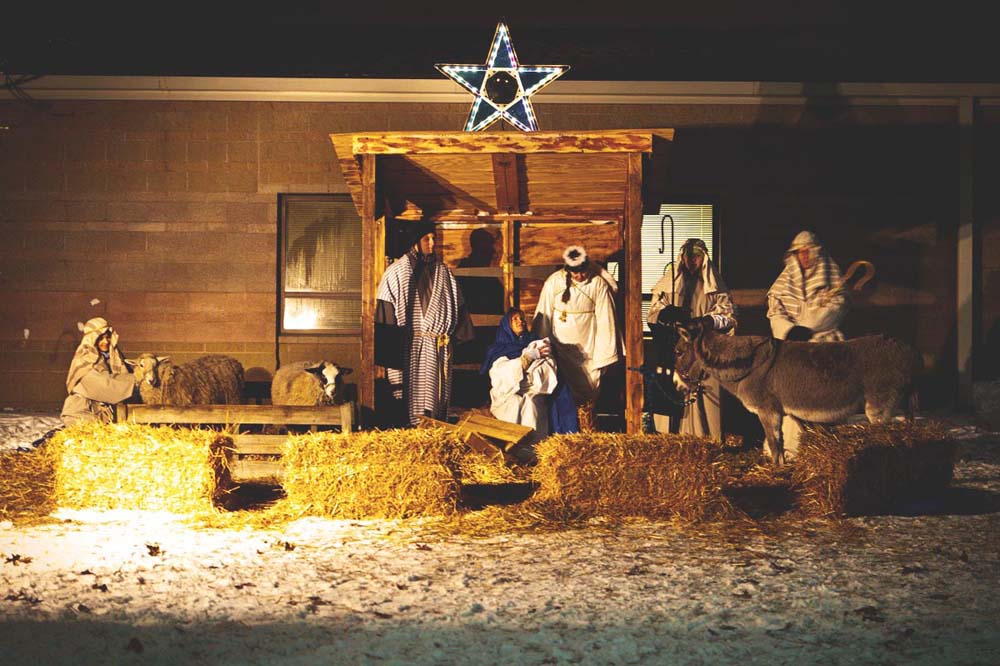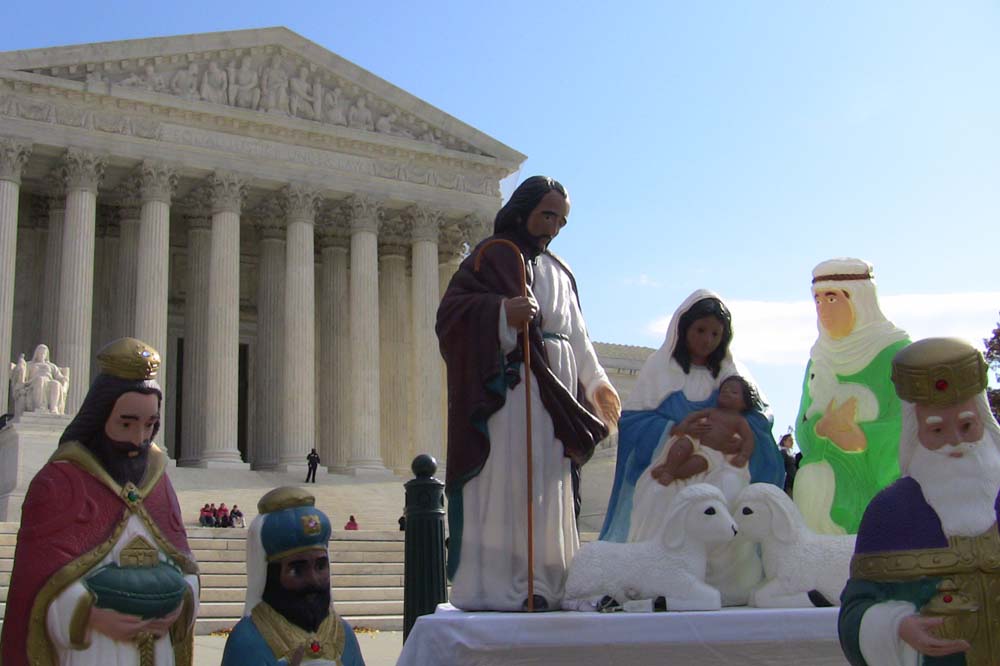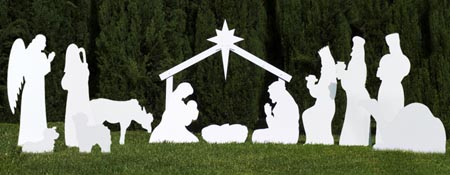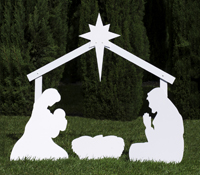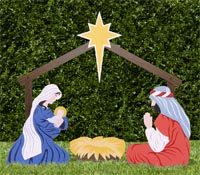How Nativity Scene Traditions Developed in America
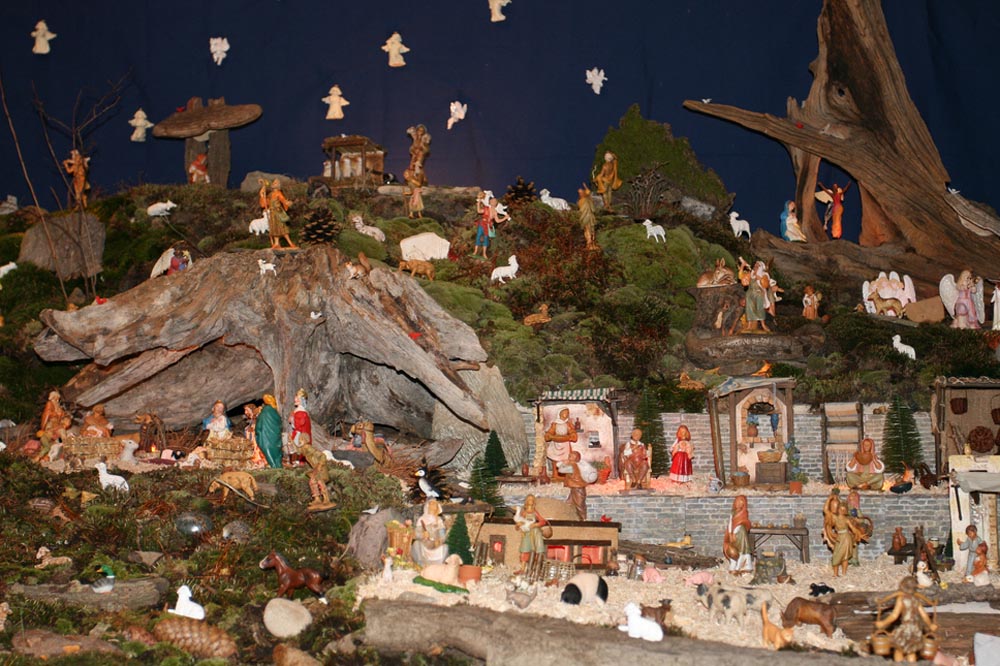
American crèche traditions started in the 18th century with a small group of Protestant immigrants who brought their Christmas customs to their new homeland in the New World.
The United Brethren from Herrnhut, commonly called the Moravians, was founded in Bohemia during the 15th century (in what is now the Czech Republic). On Christmas Eve in 1741 a group of Moravians founded the town of Bethlehem, Pennsylvania. These immigrants and others who came after them brought their crèches and their crèche traditions to Bethlehem. Neighbors began to copy their traditions, and before long, they spread to other communities.
The Moravians call the crèche a “putz,” which comes from the German word putzen, meaning, “to decorate.” The putz includes the manger and the Holy Family as well as numerous figures and details of German village life, including people, animals, landscapes, and homes set among fresh moss, buildings, and water.
As large numbers of Italian, Polish, Czech, and Portuguese Catholics and German Catholics and Lutherans came to America in the 19th century, nativity set traditions grew and strengthened (building on a long tradition of depicting the nativity in painting, sculptures, and dramas). For example, German immigrants brought their custom of placing the nativity scene under the Christmas tree.
By the end of the 19th century, many American stores were selling plaster and lead nativity figures that were made in Europe as well as all the materials needed for building and setting up a crèche at home.
The Da Prato Company of Charlestown, Mass. was one of the first American companies to design and make nativity figures. An article in Scientific American magazine in 1908 included directions for creating a Pennsylvania German-style Nativity scene.
Over the course of the 20th century, Christmas nativity scenes become a well-established custom in the United States in homes, churches, and in many commercial and public holiday displays (both indoors and outdoors).
The public display of Nativity scenes has caused some legal controversies within the past few decades. However, as long as they are privately funded and sponsored, crèches may be displayed in private and public settings and are under the protection of the First Amendment of the U.S. Constitution.
In 2014, Thomas More Society helped gain permits for nativity displays in the state capitols of Florida, Georgia, Illinois, Rhode Island, Texas, Michigan, and Nebraska; at the Oklahoma Governor’s mansion; and in public locations in 21 other states.
“The crèche is more popular today that at any other time in its history,” writes Matthew Powell in his book The Christmas Crèche. “Christians treasure it as a visual reminder of important elements of their faith. It is frequently valued for its beauty as an object of art. It also can be a wonderful memento of cultural and ethnic heritage.”
For a PBS TV special report in 2001, reporter Kim Lawton interviewed several American crèche collectors and builders. “Crèche exhibitions are taking place across the country this holiday season, demonstrating the growing vibrancy of the tradition here,” Lawton reported. “People are attracted by the art and the beauty, but many Christians say they are also touched by the ultimate message of the scenes… And Christians say, in a fragile world, that message is more relevant than ever.”


